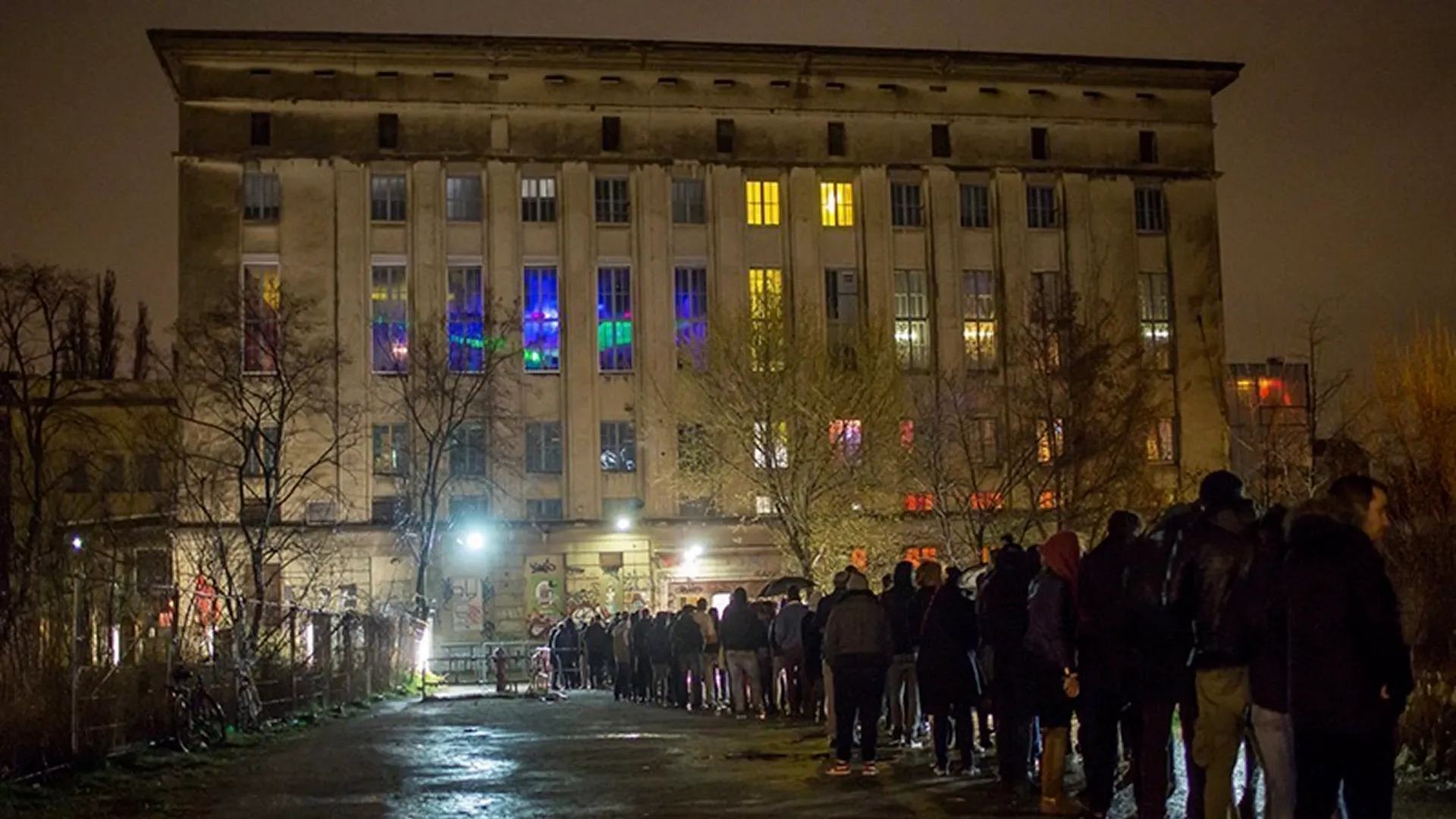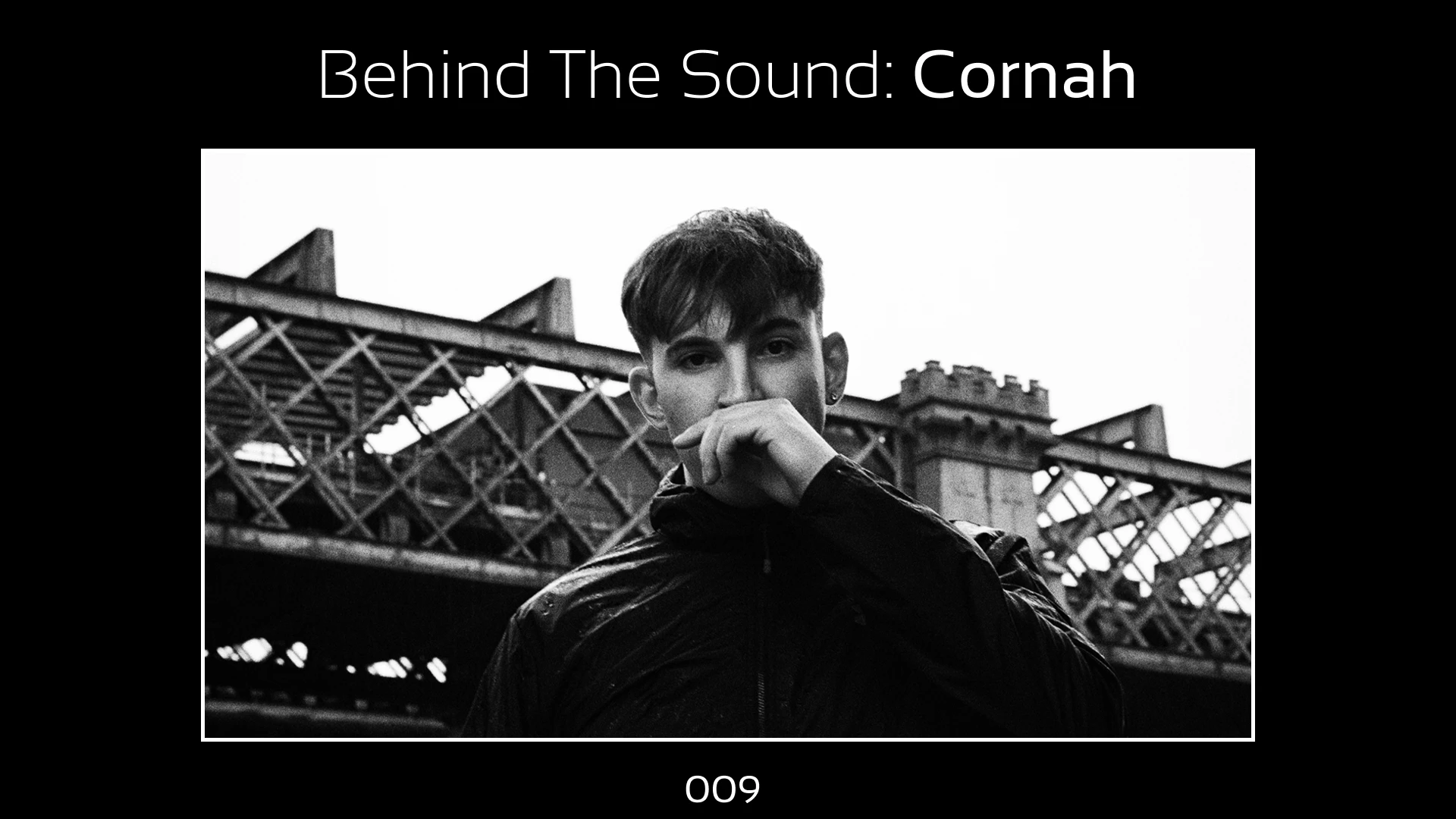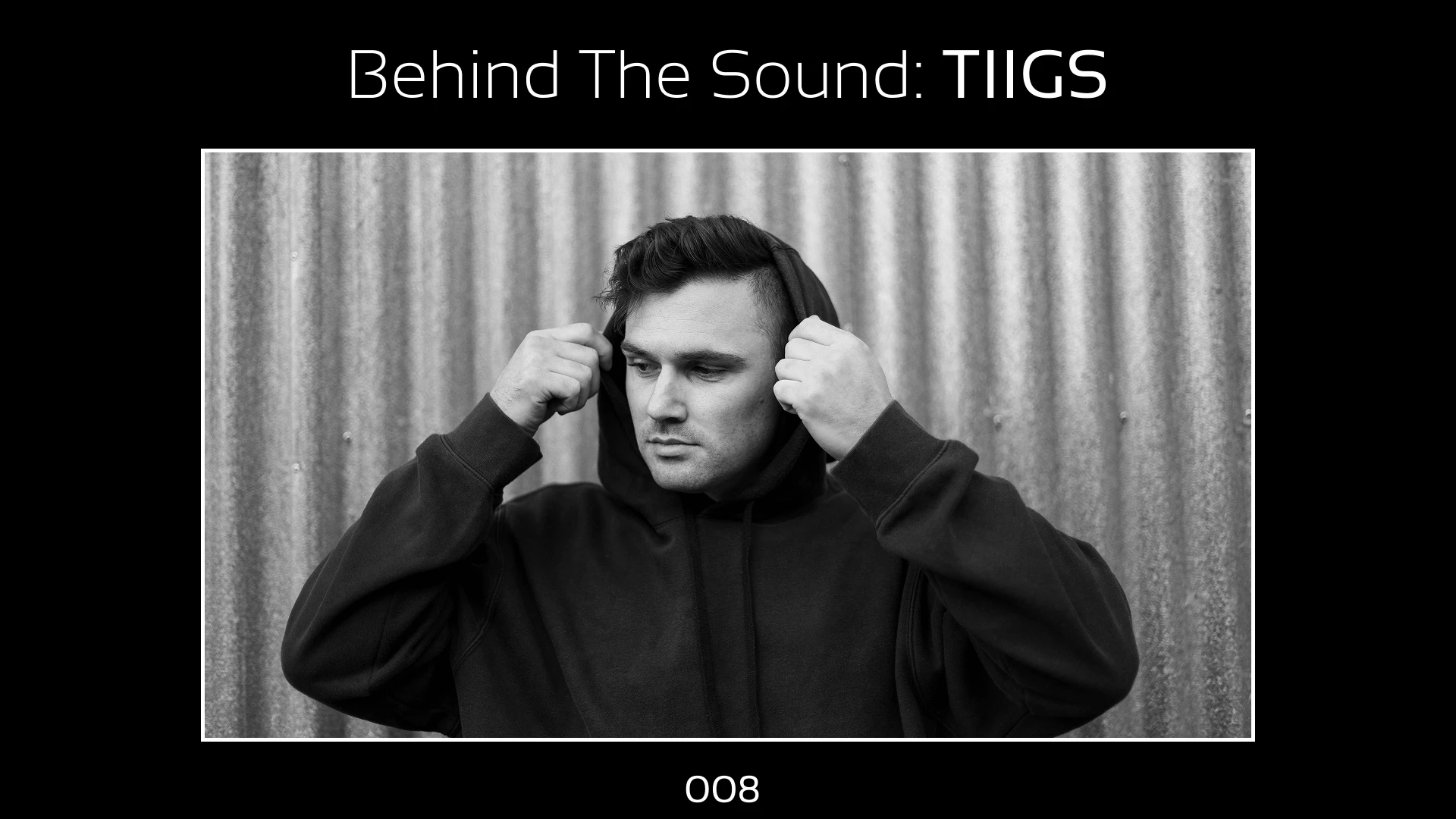Legendary Venues That Shaped Dance & Electronic Music History
From Berghain to The Warehouse, these legendary clubs didn’t just host parties, they shaped electronic music history. Discover the venues where beats, culture, and innovation collide.
3 minutes read
Dance & Electronic music isn’t just about tracks and DJs; it’s about the spaces where sound comes alive. Clubs have always been the incubators of culture, experimentation, and community. From underground basements to global meccas, legendary venues didn’t just host parties, they shaped the sound of generations.
1. Berghain – Berlin, Germany
Often called the temple of techno, Berghain is more than a nightclub, it’s a cultural phenomenon. Born from Berlin’s post-reunification scene, Berghain is famous for its marathon sets, industrial architecture, and strict door policy. DJs like Ben Klock, Marcel Dettmann, and Nina Kraviz have honed their craft here, creating parties that go well beyond 48 hours.
Why it matters: Berghain represents a space where DJs and dancers can explore rhythm without judgement or distraction, making it a benchmark for techno culture worldwide.
“Berghain isn’t just a club, it’s a state of mind.”
2. Fabric – London, UK
Since opening in 1999, Fabric has been a cornerstone of UK club culture. Known for its vibrant drum & bass nights, house sessions, and bass-heavy sound system, Fabric introduced a global audience to revolutionary DJs and underground sounds. The club’s “bodysonic” dancefloor literally vibrates to the beat, emphasising a full-body listening experience.
Why it matters: Fabric popularised genre-blending nights and helped cement London as a hub for dance & electronic music innovation.
“You don’t just hear the music at Fabric, you feel it.”
3. The Warehouse – Chicago, USA
No story of dance music is complete without mentioning Chicago’s The Warehouse, the birthplace of house music in the late 1970s and early 1980s. Under the guidance of DJ Frankie Knuckles, The Warehouse cultivated a safe, inclusive space where disco, soul, and electronic experimentation collided.
Why it matters: This is where house music was born, setting the blueprint for clubs and producers worldwide.
Did you know?: The term “house music” comes directly from the venue’s name.
4. Studio 54 – New York, USA
Though often associated with fashion, Studio 54 played a pivotal role in shaping dance music culture, it’s celebrity-studded dancefloor, cutting-edge lighting, and unapologetic freedom of expression influenced early electronic DJs and the rave ethos that followed in the 1980s and 1990s. Studio 54’s exclusivity was legendary, lines could stretch for hours, but entry was never guaranteed.
Why it matters: Studio 54 proved that clubs could be cultural epicentres, influencing fashion, music, and nightlife on a global scale.
5. Rex Club – Paris, France
Paris’ Rex Club has been a central hub for dance & electronic music since the 1980s. Known for hosting the pioneers of house, techno, and electronic experimentation, Rex Club has a rich history of promoting French talent like Daft Punk, Laurent Garnier, and Vitalic.
Why it matters: Rex Club represents France’s contribution to the global electronic scene, emphasising creativity and technical skill.
6. Underground Venues Worldwide
While iconic venues are often highlighted, it’s often the smaller, underground venues that carry the spirit of innovation forward, from Amsterdam’s De School to Detroit’s The Works. These spaces nurture experimental sounds and emerging talent, proving that legendary status isn’t just about fame, it’s about impact on music and culture.
The Takeaway
Legendary clubs are more than venues. They are laboratories of sound, culture, and community. Each one leaves a mark on the global dance & electronic music landscape, influencing how DJs mix, how producers create, and how listeners experience music.
Next time you step into a venue, remember you’re part of a lineage that stretches from Chicago basements to Berlin temples, and the dancefloor itself is a living archive of sound and history.



